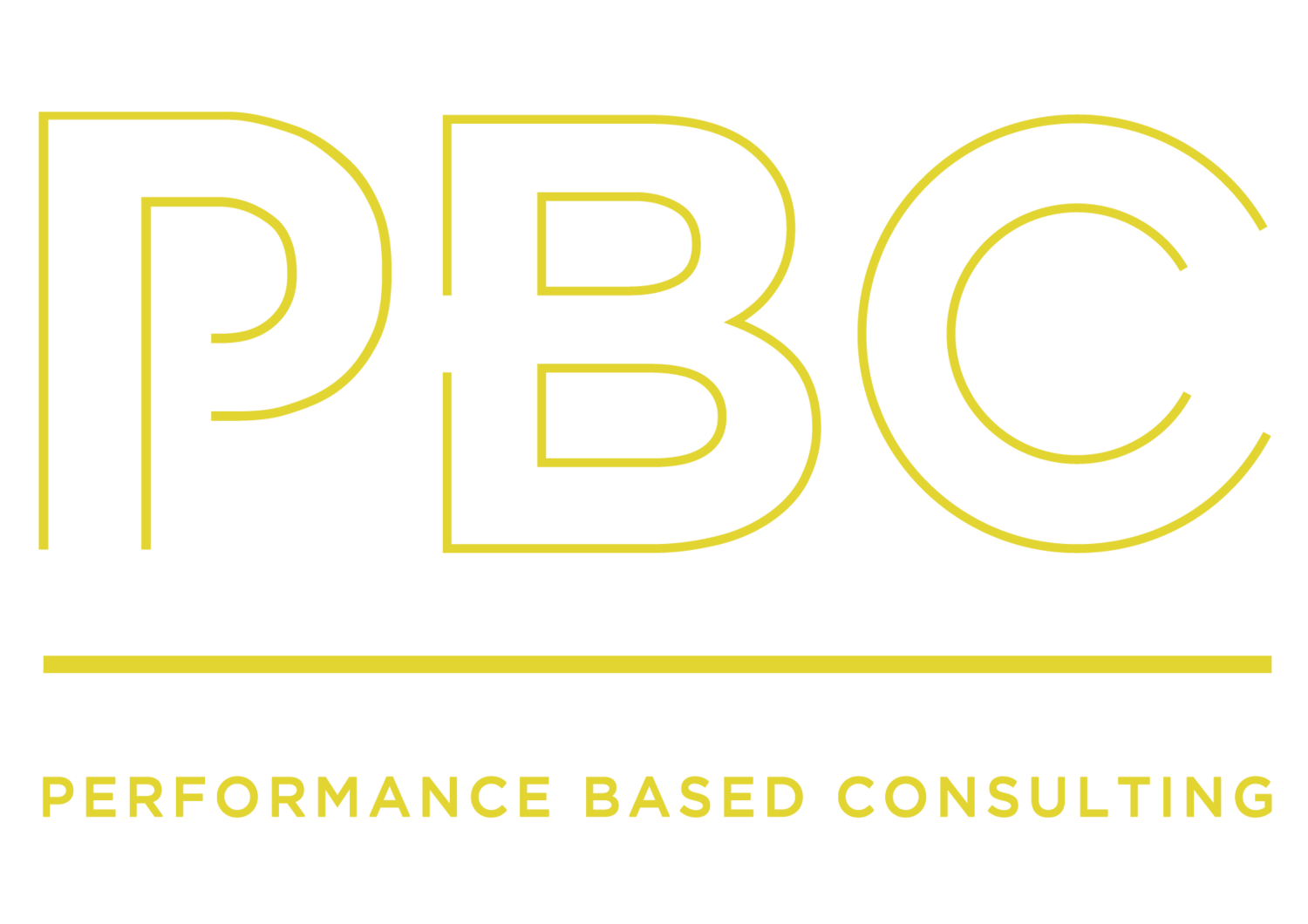As designers, we have a duty of care to the people that use our products, buildings and systems that have been conceived and put in place by us.
Safe design is the combination of identifying hazards and assessing risks early in the design process to remove unnecessary risk, and to reduce the risk of injury for the duration of the product, building or system life cycle. Safe design has the most influence on projects at the earlier stages of the design process. Once significant resources have been invested into the design, it becomes difficult to revise fundamental safety issues which may have been already incorporated into the basis of the product. It is best to address these factors while they are still concepts.
Advantages of safe design include a stronger understanding a design’s requirements and limitations, prevention of injury, improved usability of the product, building or systems that can lead to improved productivity, meeting safety regulations, innovation, and adjustment for revised regulation. Rather than considering safety as a limiting factor, safe design can introduce opportunities to improve the existing product and allow it to work more effectively.


